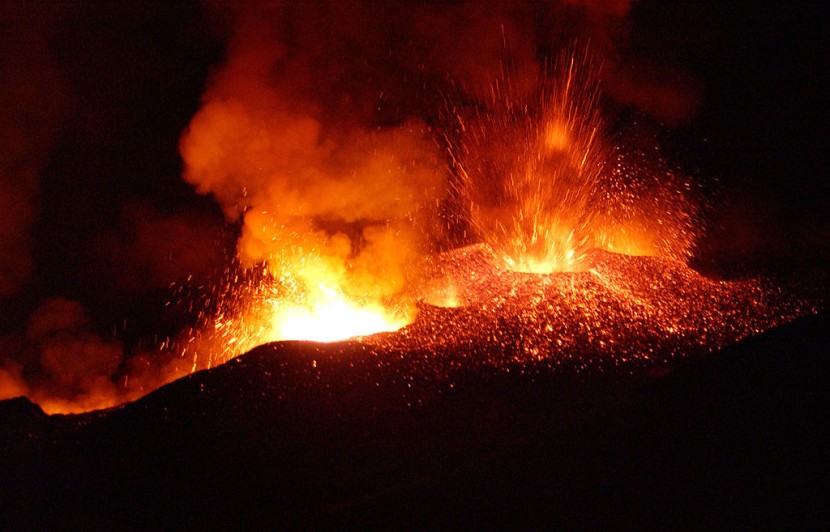
A show of lava and fire woke up Sicily, Italy, on Sunday. Once again erupted for the fourth time in four days, spewing lava and sending plumes of ash into the sky.
Considered Europe's most active volcano, the National Institute of Geophysics and Volcanology stated that Mt. Etna's most recent eruption caused torrents of lava to pour from its southeast crater. Luckily, no deaths nor injuries were reported following the eruption.
Resident's Clean Up Aftermath of Eruption
On Wednesday, after Mt. Etna's first major eruption in weeks, Sicily's municipal teams and the residents worked together to clean up a village near the volcano that spat out lava and fire. The eruption left behind the debris of ash, lahar, and volcanic stones.
After its initial eruption, Mt. Etna followed up with another burst just 30 hours later. Volcano Discovery reported that the volcano erupted at around 1 o'clock in the morning local time on Thursday after dropping to its lowest activity levels for weeks.
While the eruption featured an extravagant display of lava and fire, it also forced the Catania Airport in Sicily to temporarily be shut down. This, however, is a frequent occurrence in the area during the times that Etna is active.
Italian sky turns bright orange as Mount Etna erupts pic.twitter.com/m6y1FoWYNr
— The Independent (@Independent) February 17, 2021
The eruption of Mt. Etna did not come as a surprise as a volcanic activity already been largely expected by authorities. In order to prevent any injuries or fatalities, areas surrounding the crater were secured.
However, while it is not rare for the volcano to spew lava and fire, residents living in the area stated that this eruption was unusual since it did not only leave ash in the area but also huge chunks of volcanic stone.
According to a resident of the Sicilian comune of Pedera, Letizia Oliver stated that the eruption caused a "rain of stones" that she has never seen in her whole life, The Associated Press reported.
Meanwhile, Pedara's Mayor, Alfio Cristaudo stated that the village is still in full emergency mode following the volcanic activity that lit up Sicily's sky with lava and fire. He also added that due to the eruption, the entire territory of Pedara had been blanketed with ash and volcanic stones or "lapillus."
While waiting for collectors from the local government to take the debris, local teams cleaned the streets, cars, and courtyards with residents' help. They also bagged the ash for easier collection.
Moreover, to limit the spread of ash in the streets, the speed limit for cars was reduced, and driving scooters and motorbikes were temporarily banned, Fox News reported.
In addition, another resident of Pedra, Massimiliano Formica, stated that he was home when Mt. Etna first threw lava and fire into the Sicilian sky. He added that he initially thought he heard the start of a rainstorm but was shocked when he looked outside and saw that the rain was "weird" as it was soil and stones falling from the sky.
Mt. Etna is considered a popular tourist destination in the area due to the spectacular show of lava and fire that it spews to the sky during its eruptions.








